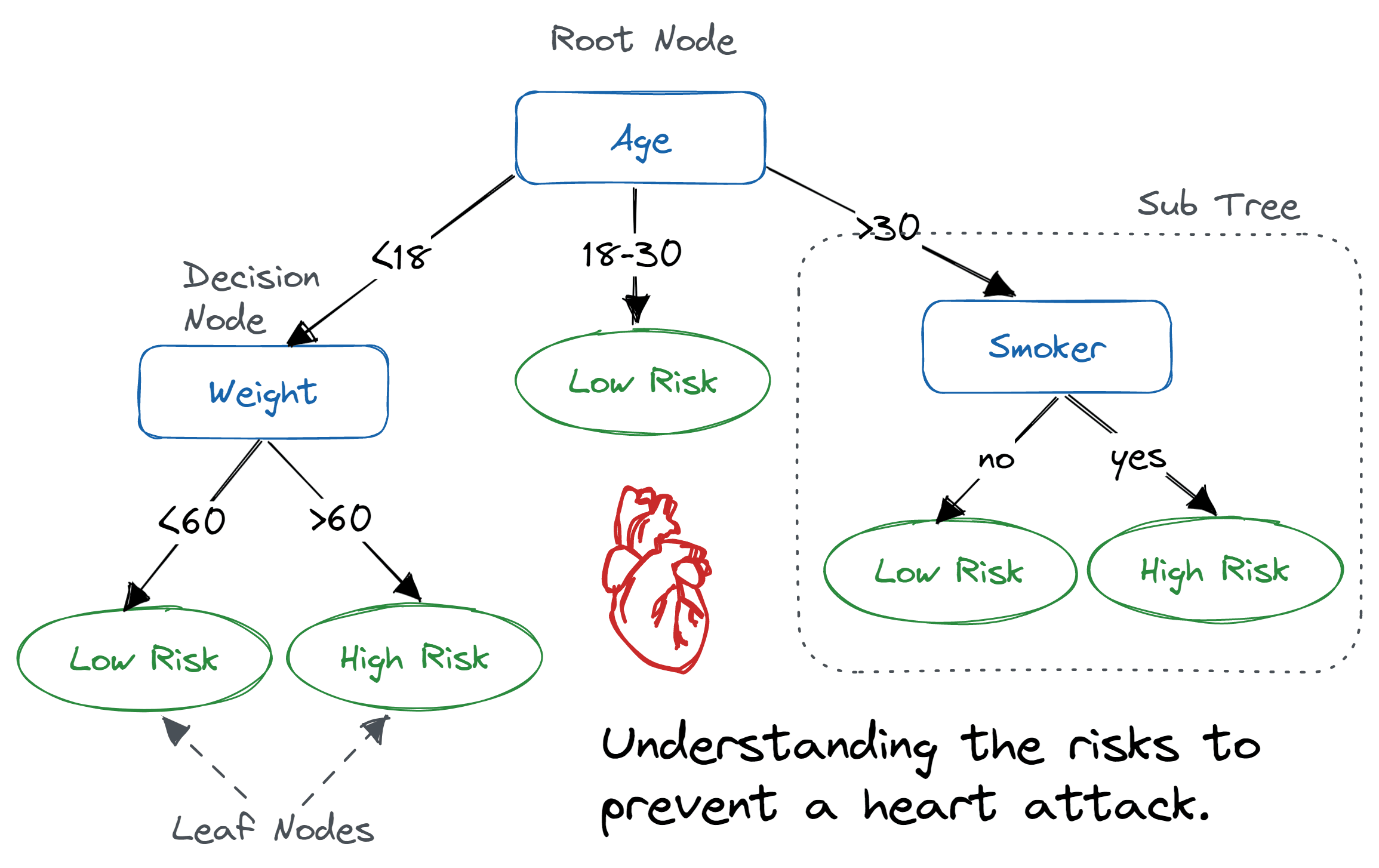Module 6: Traditional ML Methods
Overview
Executive Summary
- Topics: This module will cover the following topics.
- Linear regression, Logistic regression
- Clustering
- Nearest neighbors and Kernel regression
- Decision Trees
- Ensemble learning
- Length: The content of this module will take 2 weeks to complete.
- Assigned chapters: Chapter 19 (the parts we didn’t cover last module)
- Project: This module is associated with Project 4
Traditional ML Methods
Now that you know the basics of what ML is and types of methods (previous module), this module will focus on introducing you to traditional ML methods. We will hold off on deep learning and generative AI until a separate module as the methods do build on each other!
This module may seem like it has only simple methods but sometimes the simplest method is still the right answer. One does not necessarily need to throw the shiniest new method at every problem, when a simpler and more understandable one will work for many applications! Thus, we will start with simple methods that are often considered interpretable because a human can read the models and understand them. This contrasts with deep learning models which are often considered black boxes.
For example, look at the decision tree example shown on the right here. This is a simple tree that works like a flow chart, something most people are familiar with using. We will discuss how we can learn these decision trees automatically.
Your first ML project will be using some of these simpler methods so let’s get going on learning about them!
